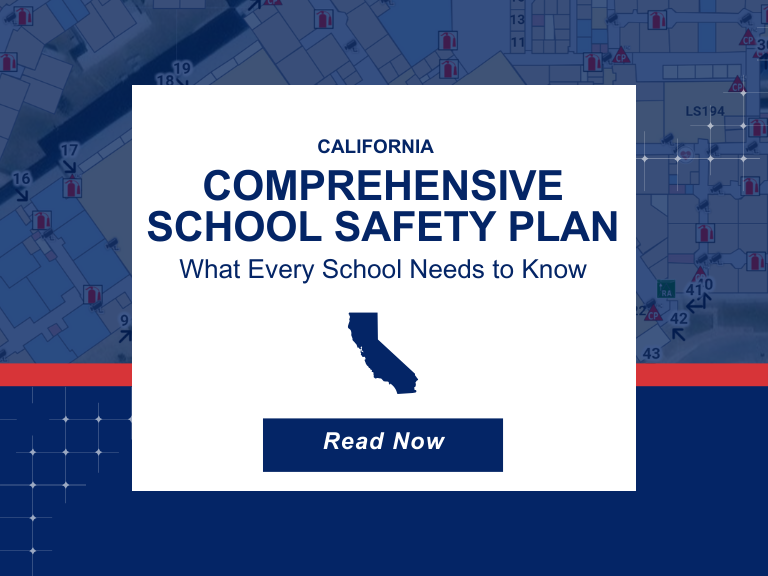Don’t Wait for Data to Break: Manage Your GIS Data Proactively
Benjamin Franklin once observed, “Failing to plan is planning to fail.” While the origin of this quote is debated, its relevance remains indisputable—especially in the world of public safety. When it comes to 9-1-1 GIS data management, the message is clear: waiting for problems to appear before addressing them can have serious, even life-threatening, consequences.
Proactive planning isn’t just best practice—it’s essential for mission-critical systems. In emergency response, accurate GIS data is the foundation for quick, reliable situational awareness. Delays caused by incomplete, outdated, or inaccurate mapping data can hinder emergency services when seconds matter most.
When a 9-1-1 call is received by a Public Safety Answering Point (PSAP), mapping applications rely on location information to display the caller’s position for dispatchers and responders. A clear and accurate map view enables faster, more informed decisions in the field.
In some cases, the device used to call 9-1-1 is associated with a physical street address—such as 1100 West Saint Germain Street, Suite 300, Saint Cloud, Minnesota. In these situations, PSAP mapping applications geocode the address into latitude and longitude coordinates that place a pin on the map. This process depends entirely on accurate GIS data—specifically address points and road centerlines—to correctly match the address and precisely locate the emergency.
For wireless calls, where a latitude/longitude is often provided automatically, geocoding may not be necessary. But GIS data still plays a critical role: it identifies jurisdictional boundaries, determines the correct law, fire, and EMS responders, and ensures that the right resources are deployed to the right place.
The worst possible time to uncover GIS data problems is during a live emergency. Unfortunately, many agencies don’t address data issues until a failure has already impacted public safety operations. This reactive approach puts communities at risk and places unnecessary strain on responders.
The good news? It doesn’t have to be this way.
GeoComm is here to help. Check out our GIS Data Hub Software as a Service (SaaS) and maintenance services to help you keep your 9-1-1 GIS data up to date, so you can find and fix problems in your GIS data before it’s used during live 9-1-1 calls.
For a deeper dive into the importance of proactive GIS data management and how it supports emergency response, read our full blog:
👉 GIS Data Management for Public Safety


